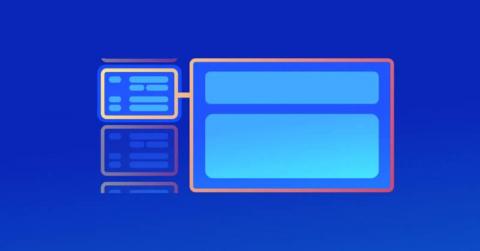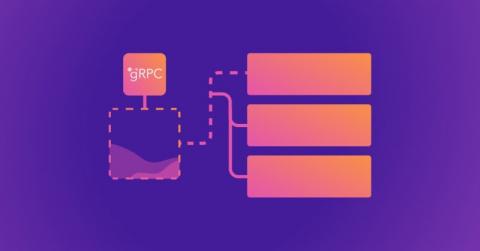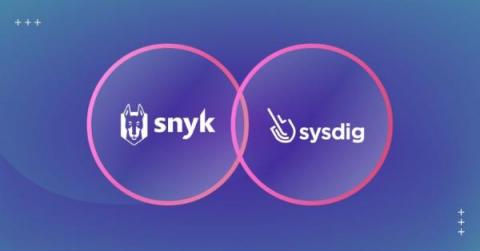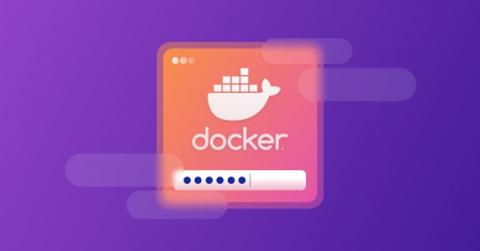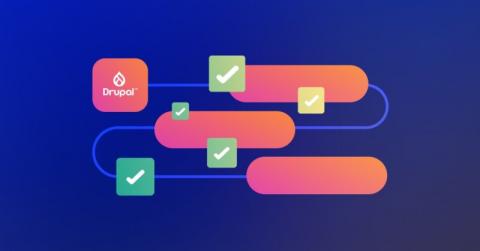Best practices for managing Java dependencies
Creating Java applications is great, and many resources are available. To speed up development, many folks use frameworks and libraries that do some of the heavy lifting. When looking at modern Java applications, almost all of them contain dependencies from libraries developed by someone else. Dependencies take up about 80 to 90 percent of the binary — so, we should take good care of them when creating a Java project.


